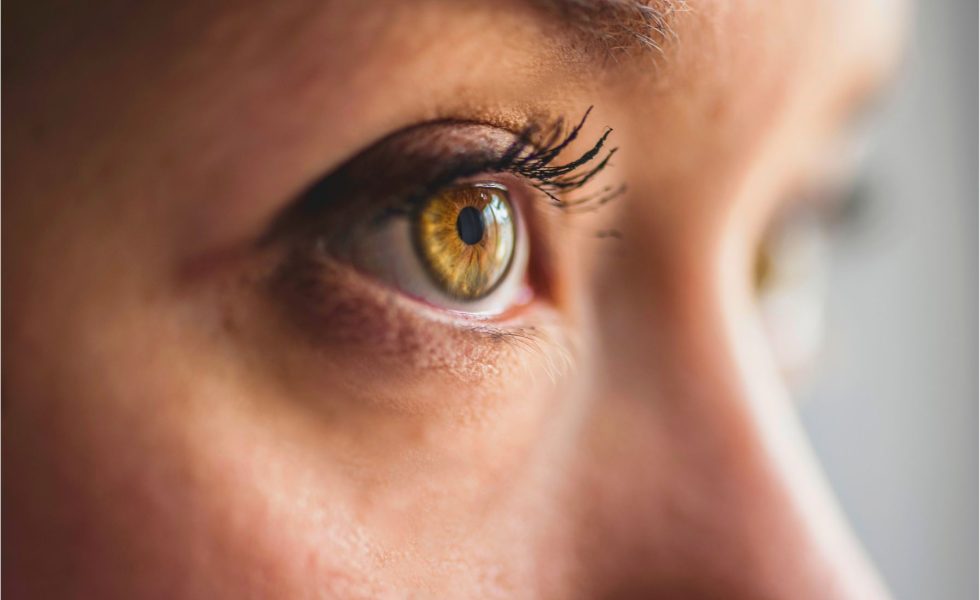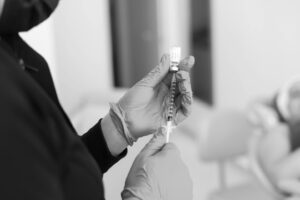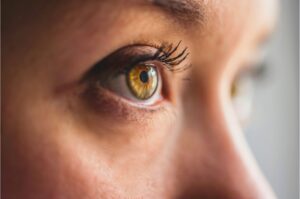Quick Answer
To correct heavy eyebrows after Botox, consult your practitioner for additional Botox injections to balance muscle activity or use non-surgical treatments like fillers.
In some cases, simply waiting for the Botox to wear off may naturally resolve the heaviness.
For a more in depth answer to this question please read on.
If your eyebrows feel unusually heavy after a Botox treatment, it could be a case of brow ptosis, a side effect where the muscles in the forehead relax too much, leading to a droopy or sagging brow appearance.”
Choosing a skilled injector who understands the nuances of facial anatomy is crucial to avoiding this.
If you’re experiencing heavy brows, additional Botox injections or alternative treatments might be necessary.
This guide explores effective solutions to manage and correct heavy eyebrows post-Botox.
Key Takeaways
- Heavy eyebrows after Botox occur due to muscle relaxation from incorrect injection sites or dosages.
- Symptoms include a tired or sad expression and difficulty applying makeup.
- Correction options include additional Botox near crow’s feet, dermal fillers, or thread lifts.
- Recovery from heavy eyebrows can take 3-4 months as Botox effects naturally diminish.
- Consult with a skilled, board-certified injector for tailored treatments and minimization of risks.
What Do You Mean By Heavy Eyebrows?
Heavy eyebrows, or brow ptosis, occur when your eyebrows sag or droop, giving your eyes a more minor appearance and making the upper eyelid area look heavy or hooded.
This condition often results from the relaxation of the frontalis muscle, which typically happens after receiving botulinum toxin injections, commonly known as Botox.
When this muscle weakens, it can’t support your brows effectively, leading to ptosis.
While Botox is widely used for cosmetic improvement to smooth out wrinkles, it can occasionally lead to unintended effects like heavy eyebrows.
You might notice a feeling of heaviness above your eyes, making it challenging to apply makeup and contributing to a tired or sad look.
Why Do Botox Injections Affect This Area
Because Botox primarily targets muscle activity, its effects on your forehead can inadvertently impact your eyebrow position.
When botox injections are administered, they relax specific muscles in the forehead. This can influence your eyebrow dynamics in a few ways:
- Muscle Relaxation: Botox relaxes the forehead muscles, which might disrupt the balance with the muscles pulling your brows down, causing a heavy brow.
- Incorrect Placement: If injections are placed too low, or in incorrect muscles, the upper forehead muscles may relax too much, further drooping the eyebrows.
- Over-Treatment: Excessive botox can over-paralyze these muscles, diminishing their ability to lift, thereby contributing to a heavier-looking brow.
- Muscle Imbalance: This relaxation can create an imbalance, making the non-treated muscles temporarily stronger and pulling the eyebrows downward
How can I prevent heavy eyebrows after Botox?
To reduce the risk of heavy eyebrows after Botox, selecting a skilled and board-certified injector who know where not to inject Botox is essential.
Ensuring that your injector has extensive experience in facial anatomy and Botox treatments can significantly diminish potential issues.
Before your procedure, it’s vital to discuss your concerns about heavy eyebrows. This conversation allows your practitioner to adjust their technique, ensuring the proper dosage and placement of Botox to maintain a natural brow lift.
Consider opting for a gradual treatment approach, such as “baby Botox”, which utilizes smaller doses to achieve a more subtle effect. This method minimizes the risk of your eyebrows appearing too heavy, promoting a more natural-looking result.
Always prioritize experience and clear communication with your injector to prevent undesirable outcomes.
How can I correct heaviness in my eyebrows after Botox Treatment?
Experiencing heavy eyebrows after Botox can be frustrating, but you’ve got several effective options for correction. Here are some strategies you might consider:
1. Supplementary Injections: Consulting with your specialist, supplementary Botox injections near the crow’s feet could lift your eyebrows by relaxing the muscles that pull them down.
2. Filler Adjustments: Dermal fillers, applied in the temples or brow areas, can also create a lifting effect, improving your facial expression.
3. Brow Lift Alternatives: If Botox adjustments don’t do the trick, exploring alternatives like thread lifts or non-surgical brow lifts using radiofrequency might be your next step.
4. Patience: Sometimes, the best correction is just waiting for the effects of the initial botox treatments to naturally diminish.
| Correction Method | Key Details |
|---|---|
| Supplementary Injections | Effective within a few days; requires an experienced practitioner for best results. |
| Dermal Filler Adjustments | Immediate to a few days; provides a lifting effect with variable results. |
| Non-Surgical Brow Lift | Non-invasive; results seen over several weeks using treatments like radiofrequency. |
| Natural Resolution | No intervention; takes 3-4 months for the effects of Botox to diminish. |
Conclusion
In summary, if you’ve noticed unusually heavy eyebrows after receiving Botox, it’s essential to consult your practitioner.
For example, Jane Doe noticed drooping in her brow area post-treatment and rectified this by discussing specific adjustment techniques with her specialist on her next visit.
To prevent such outcomes, clear communication about your aesthetic goals before undergoing the procedure is vital.
Furthermore, exploring corrective measures with a qualified professional can effectively address any unintended changes in your appearance.
FAQ
You may have questions about the effects of Botox, particularly if you’re experiencing heavy eyebrows after treatment.
What’re the common side effects, who’s most at risk, and what’s the recovery time following a correction procedure?
These considerations are essential, and we’ll provide clear answers to help you better understand your situation.
What Are the Side Effects?
Although Botox is widely used for reducing wrinkles, it can sometimes lead to unwanted side effects. Here are some you might experience:
- Temporary Discomfort: You may feel a sensation of tightness or discomfort in your forehead area, often described as heaviness.
- Aesthetic Concerns: Heavy eyebrows can result in a droopy appearance, making you look tired or upset. This mightn’t be what you expected when seeking a newer look.
- Visual Impairment: In severe cases, the drooping can slightly obscure your field of vision. This might affect your ability to perform daily activities like reading.
- Emotional Discomfort: Dealing with these physical changes can also impact your emotional well-being, mainly if the outcome was unexpected.
Who is Most at Risk
Specific individuals are more likely to experience heavy eyebrows after Botox. If you’ve got naturally low or heavy brows, you’re at higher risk of this side effect when receiving a botulinum toxin injection.
Also, if you’re trying out Botox for the initial time, you mightn’t know how your muscles will react, which increases your chance of an unbalanced effect.
Moreover, older adults often face a higher risk due to natural skin laxity and a reduction in muscle tone as they grow older.
Understanding your specific risk factors can help you and your practitioner better plan your treatment to minimize the chance of heavy eyebrows.
What is the Recovery Time After Botox Correction?
Understanding your risk factors for heavy eyebrows post-Botox, it’s likewise vital to know the recovery time should you need correction.
Depending on the approach, your timeline can vary:
- Immediate Adjustments: Adding more Botox might show improvement within a few days.
- Natural Resolution: If you’re waiting for the initial treatment to wear off, expect complete recovery in 3-4 months.
- Follow-Up Care: Adhering to care instructions from your practitioner can speed up recovery.
- Continuous Monitoring: Regular check-ins with your practitioner guarantee the correction is progressing well.





